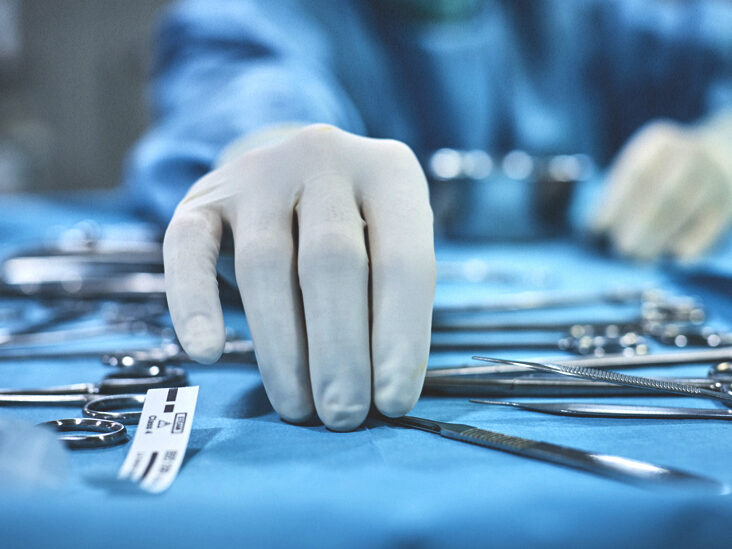Post-operative period
- Post-surgical complications
- Crohn’s disease
- Ulcerative Colitis
Upon awakening from the intervention, the patient can find several tubes coming out of his body, such as the urinary catheter, nasogastric tube, and drains, necessary to remove fluid accumulations in the operated area.
After an abdominal operation, it is typical for intestinal transit and peristaltic movements to be altered, so it will not be possible to ingest solid food or liquids through the mouth, requiring the provision of nutrients intravenously (parenteral nutrition). Once bowel movement is restored, the nasogastric tube will be removed, and food intake will begin, initially liquids and later solids.
After the surgical intervention, the patient may feel the urge to defecate or have some residual waste in the anal region, made up of blood, mucus and faeces. If the rectum is intact, these secretions can be evacuated without any pain, and even losses can occur without the patient being able to avoid it (rectal incontinence). The frequency of this type of evacuation or loss usually decreases over time.
If the surgical intervention for IBD has required the construction of an ostomy, it is crucial to adapt to the presence of the stoma and the new body image. While the patient is in the hospital, he and his family will be provided with all the help, advice and information necessary to adapt to the new situation. You will also be told how and where to get the supplies after discharge from the hospital.
After surgery, it is common to present discomfort in the scar, generally related to the appearance of adhesions in the area. Symptoms such as punctures, pain, tightness in the size of the fault, and sometimes altered sensitivity of the skin may appear, which may appear sensitive to any touch or, on the contrary, be numb and tingling.
In the most straightforward cases, some techniques can help you relieve symptoms, such as the ones we show you in the following video. For example, in case of discomfort associated with deep scars or inaccessible areas, it may be necessary to go to a physiotherapist.
Post-surgical complications
Crohn’s disease
You can have the same complications as any other patient operated on the intestine for reasons other than Crohn’s disease, such as bleeding and infections. If the surgery has been performed laparoscopically, you have a somewhat faster recovery since when presenting the Less pain patient begins to eat and walk earlier.
There are some peculiarities in Crohn’s patients that make one of the most feared complications, that the anastomosis does not stick (the technical name is dehiscence or suture failure) more frequent than in other types of patients (it ranges between 10- 15% of patients).
It is essential to point out that a patient who undergoes open surgery has the same chance of suture failure as a patient operated on laparoscopically. It has been seen that patients with poor nutrition and who take high doses of corticosteroids have a higher risk of the union not sticking well. An anastomosis or marriage can take up to 10 days to glue. However, that does not mean it is necessary to be without eating or admitted those days. We consider anastomosis to be a good fit when a person eats well, has bowel movements, is pain-free, and has no fever.
If the union fails, it can be a severe complication; sometimes, urgent surgery and a stoma are needed.
Ulcerative Colitis
Surgical entails a series of risks derived from surgical intervention in the case of ulcerative colitis. Despite the significant advance in anaesthesia techniques and recent surgery, a small percentage of patients may have complications immediately after the intervention. The infection of tissues in the pelvis is usually the infection of tissues in the pelvis. Creating an ileoanal reservoir can be associated with several problems. Approximately 10% of patients who undergo an ileoanal pool present symptoms derived from a reservoir malfunction.
Other complications of the reservoir are a high number of stools, the urgency to defecate, leakage of faeces (incontinence), the development of fistulas, inflammation of the pool (pouchitis) or symptoms derived from the inflammation of the remaining rectal mucosa ( cuffs).
Female fertility may be compromised after performing a restorative coloproctectomy with an ileoanal reservoir due to adhesions that occur in the fallopian tubes of the female reproductive system. Other surgical techniques such as colectomy with ileorectal anastomosis do not seem to influence fertility. However, the results of this technique are not always good, as it leaves a diseased part of the colon (the rectum), and not all people are good candidates for the procedure.

